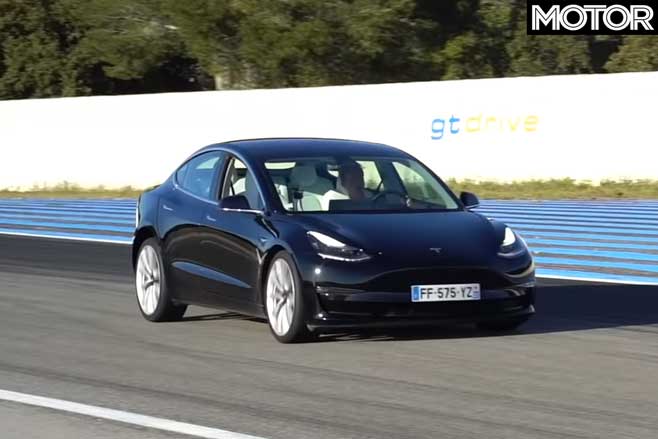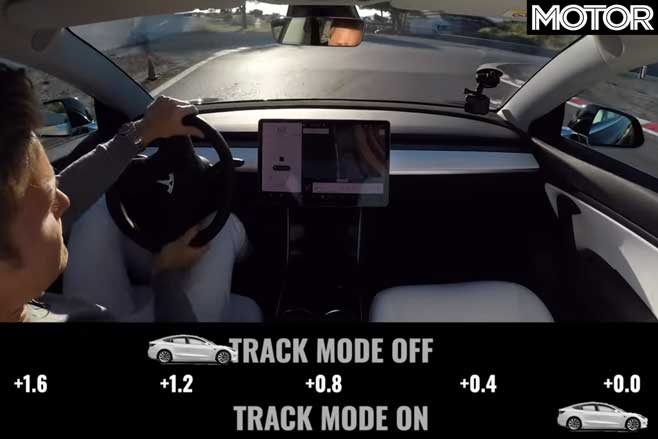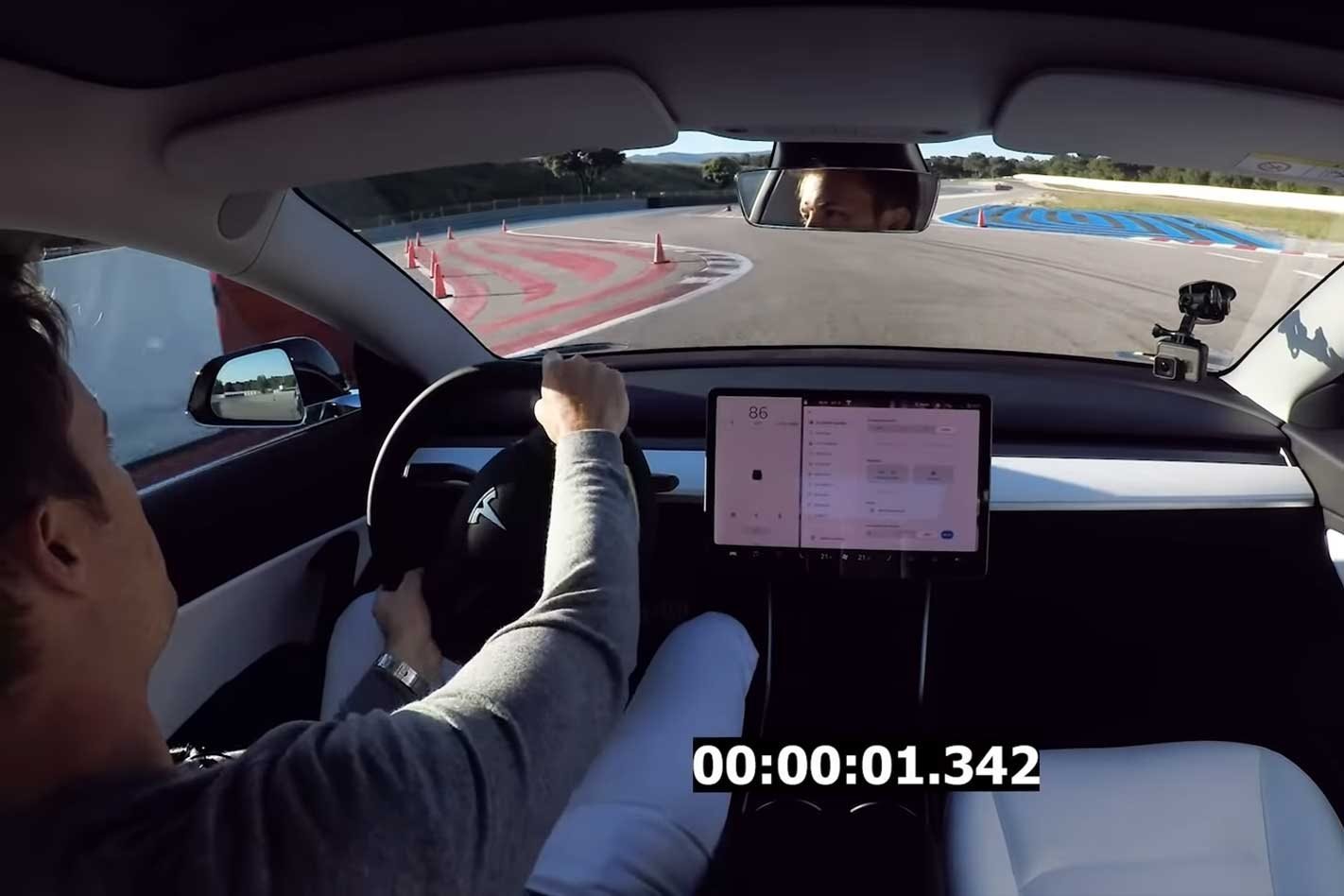There is no doubt that the Tesla Model 3 Performance packs some serious performance credentials, with a 0-100km/h boast of 3.4sec and a top speed of 233km/h.
However if you want to go one up, there is Model 3 Performance’s $6200 performance upgrade package that introduces 20-inch wheels wrapped in performance-oriented Michelin Pilot Sport 4S rubber, better brakes, a lowered ride, a 261km/h top end, and a ‘Track Mode’.

While Tesla teased the ‘Track Mode’ as an enabler of big smoky drifts, what it really does is merely adjust the car’s torque distribution, tweak the brake-based torque vectoring, and optimise the drivetrain’s cooling system.
Fancy technicalities aside, Nico Rosberg wanted to see what the vaunted ‘Track Mode’ can really do… on a track. For that he took a pair of Model 3 Performances to the 1.8km section of the Paul Ricard Circuit to put down a lap time.

As it turns out the ‘Track Mode’ does bring a marked improvement to the Model 3’s handling characteristics. Around the corner packed circuit, the improved torque distribution not only meant that Rosberg could get the power down, but it kept the tyres from overheating too quickly.
That being said, the ‘Track Mode’ merely delayed the inevitable as a combination of immediate 639Nm torque delivery and its 1850kg mass eventually cooked the tyres towards the end of the lap.
Even so, the ‘Track Mode’ managed to deliver a 1.6 second improvement in lap times, which is a significant margin for a 1.8km-long circuit.





